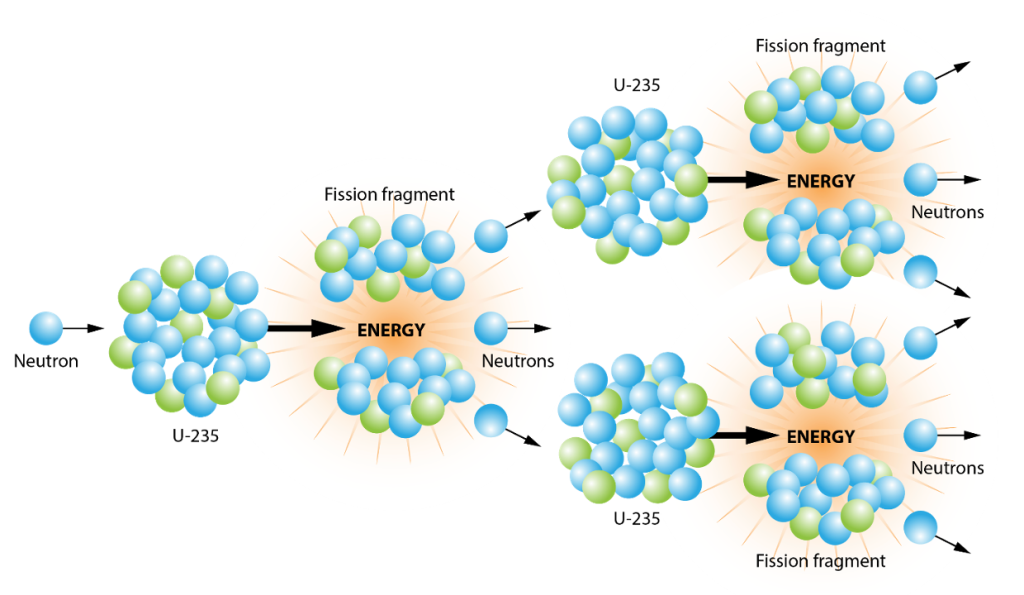Nuclear Energy 101
What is Nuclear Energy
Nuclear Fission
Fission requires the right material, and the form of uranium
known as U-235 (containing 235 neutrons) is a common
fuel in nuclear reactors. Naturally occurring uranium
doesn’t contain a high enough concentration of U-235 for
sustainable fission – 99.7% is instead U-238. A process
called enrichment increases the amount of U-235 in
nuclear fuel. This is done by converting uranium into a gas
called uranium hexafluoride and using special centrifuges
that spin and separate the heavier U-238 molecules.
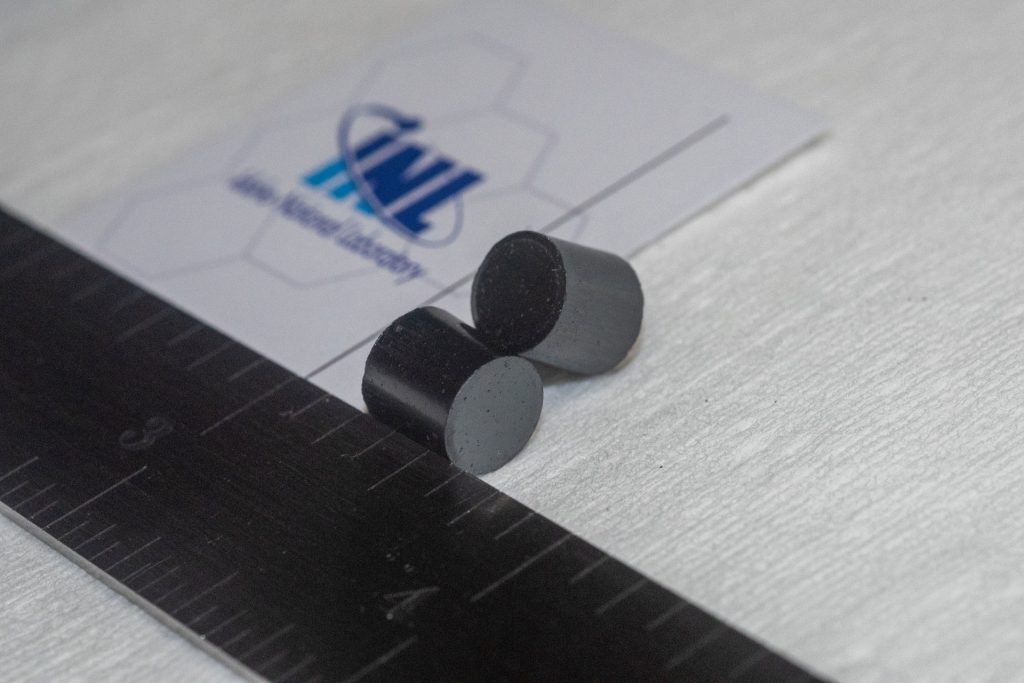
Nuclear fuel is most commonly formed into pellets that are
stacked inside of tubes to create fuel rods. The rods are
bundled into what is known as a fuel assembly and put into the reactor core. Reactor operators use “control rods” made from materials that absorb neutrons to manage the fission process and increase or decrease the fission reactions taking place.
Uranium pellets being stacked into fuel rod, bundled into assembly, placed into pressurized water reactor
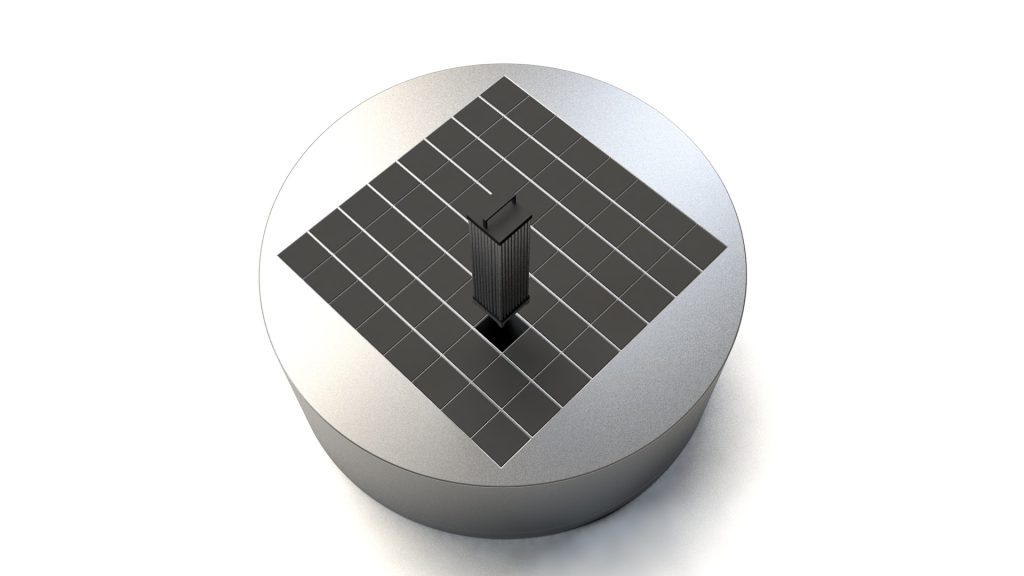
Nuclear Fission
Fission requires the right material, and the form of uranium known as U-235 (containing 235 neutrons) is a common fuel in nuclear reactors. Naturally occurring uranium doesn’t contain a high enough concentration of U-235 for sustainable fission – 99.7% is instead U-238. A process called enrichment increases the amount of U-235 in nuclear fuel. This is done by converting uranium into a gas called uranium hexafluoride and using special centrifuges that spin and separate the heavier U-238 molecules.
How does fission create electricity?
Photo to the right: A simplified view of how a common reactor design generates electricity
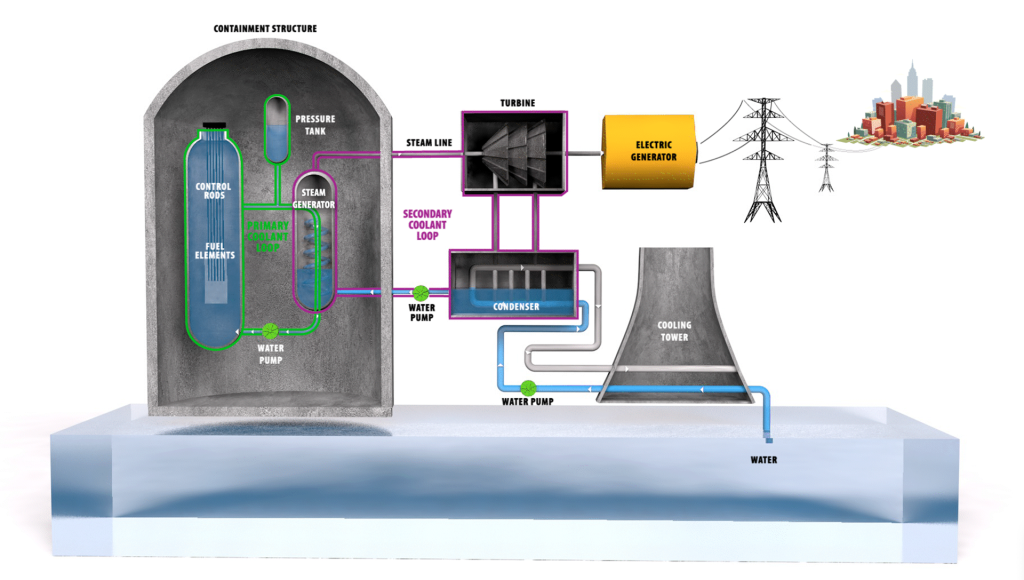
Nuclear Reactors Produce Reliable Energy
Nuclear power plants can run 24 hours a day, 352 days per year, making them one of the most reliable and resilient energy sources. In fact, nuclear power as the highest capacity factor &ndash the percentage of time a plant is running at full– of any other electricity generator. Nuclear is an ideal complement to other energy courses as the nation seeks to ensure American energy independence.
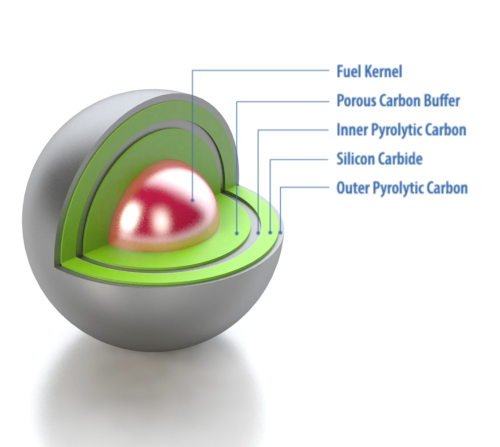
Is Nuclear Power Safe?
Nuclear power ranks among the safest ways to produce electricity. Today’s nuclear reactors include multiple safety systems that can automatically detect a problem before it occurs and safely shut down fission. Advanced reactors now in development will have even more automated safety features, and some will be able to use new fuels with exceptional safety margins.
Photo to the left: TRISO fuels are encased in layers of ceramic and carbon to prevent the release of radioactive fission products. The fuel’s extreme heat-resistant, accident-resistant characteristics make it ideal for the high temperatures of advanced reactors.
What happens to waste from nuclear energy?
Photo to the right: The containers used to store used nuclear fuel are carefully guarded and maintained.
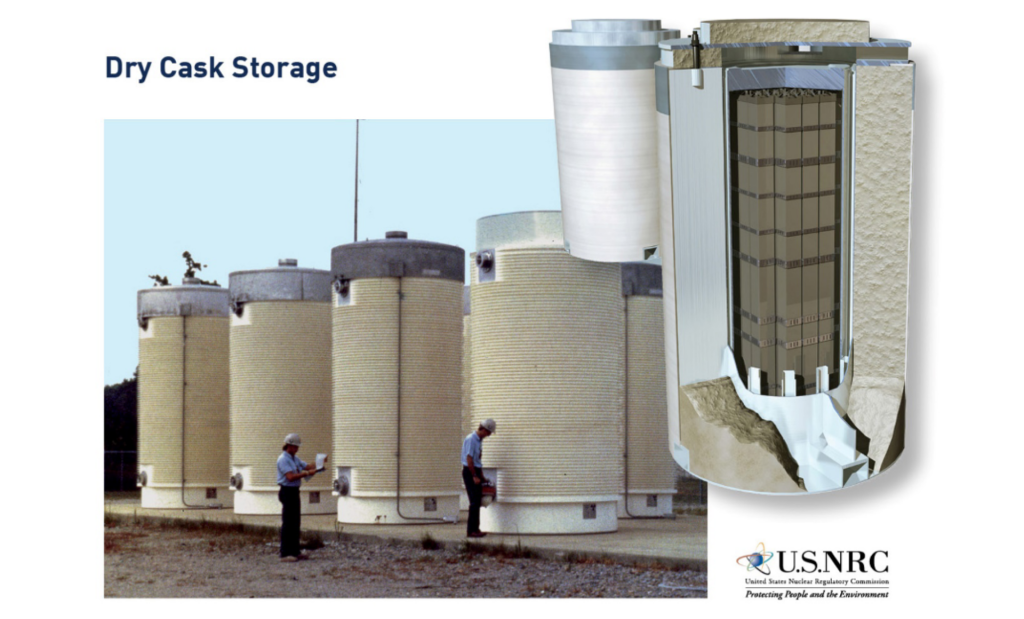
Quick Facts about Nuclear Power
52
nuclear reactors have been developed at what is today Idaho National Laboratory.
55
Percent of the nation’s carbon-free electricity comes from 94 nuclear reactors.
On December 20, 1951
Nuclear fission was harnessed to create the first usable amount
of electricity using the Experimental Breeder Reactor-I.
1
nuclear reactor plant provides as much electricity as
3.1
million solar panels.
Since 1995, U.S. nuclear power plants have prevented more than
15
billion total tons of carbon dioxide from entering the atmosphere.
Nuclear fuel contains about
1
million times more usable energy per kilogram than fossil fuels.
92
Percent of the time, the nation’s nuclear reactors were operating at full power in 2024.
52
Nuclear reactors have been developed at what is today Idaho National Laboratory.
18
Percent of the nation’s electricity comes from 94 nuclear reactors.
On December 20, 1951
Nuclear fission was harnessed to create the first usable amount
of electricity using the Experimental Breeder Reactor-I.
1
nuclear reactor plant provides as much electricity as
3.1
million solar panels.
Since 1995, U.S. nuclear power plants have prevented more than
15
billion total tons of carbon dioxide from entering the atmosphere.
Nuclear fuel contains about
1
million times more usable energy per kilogram than fossil fuels.

